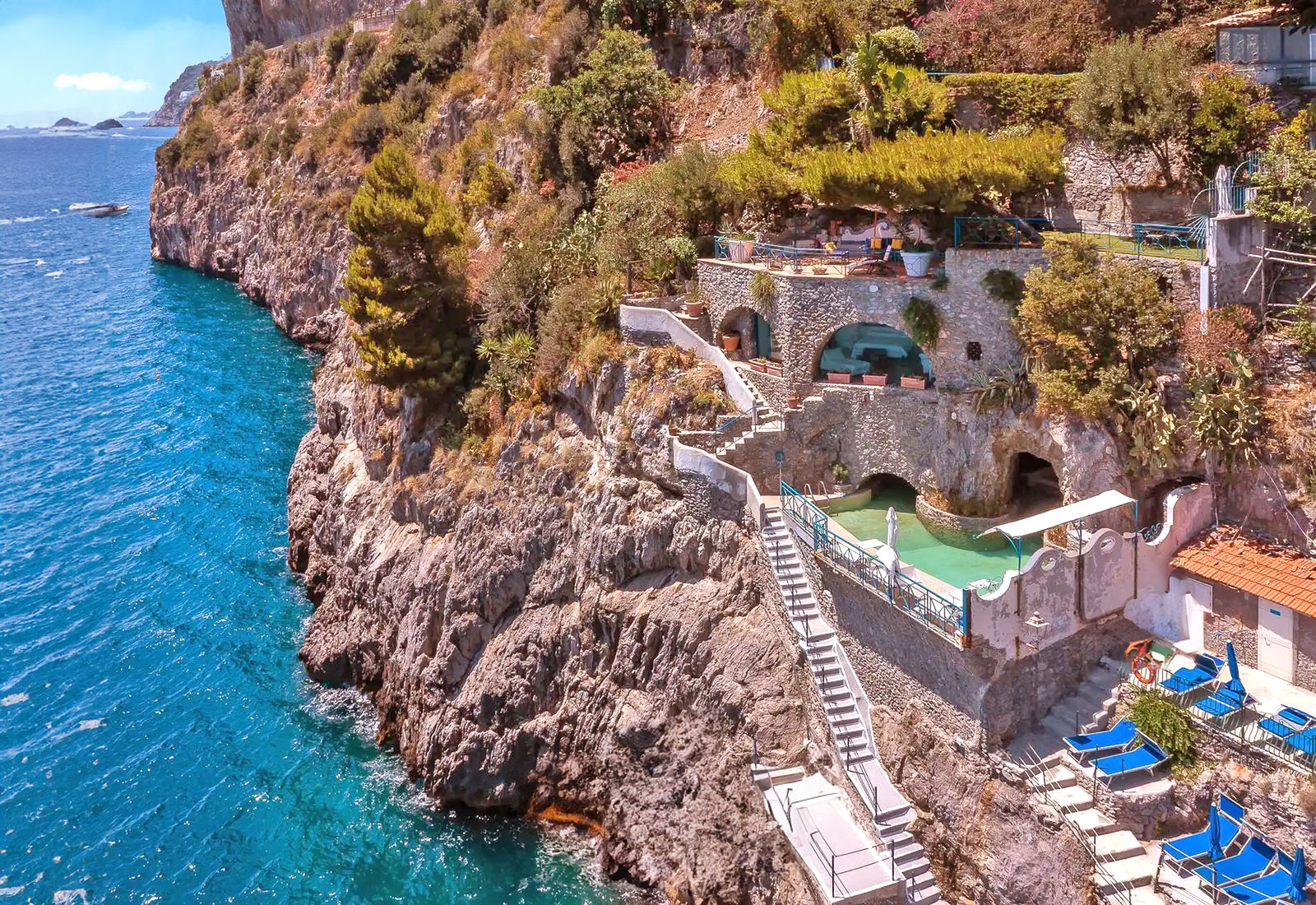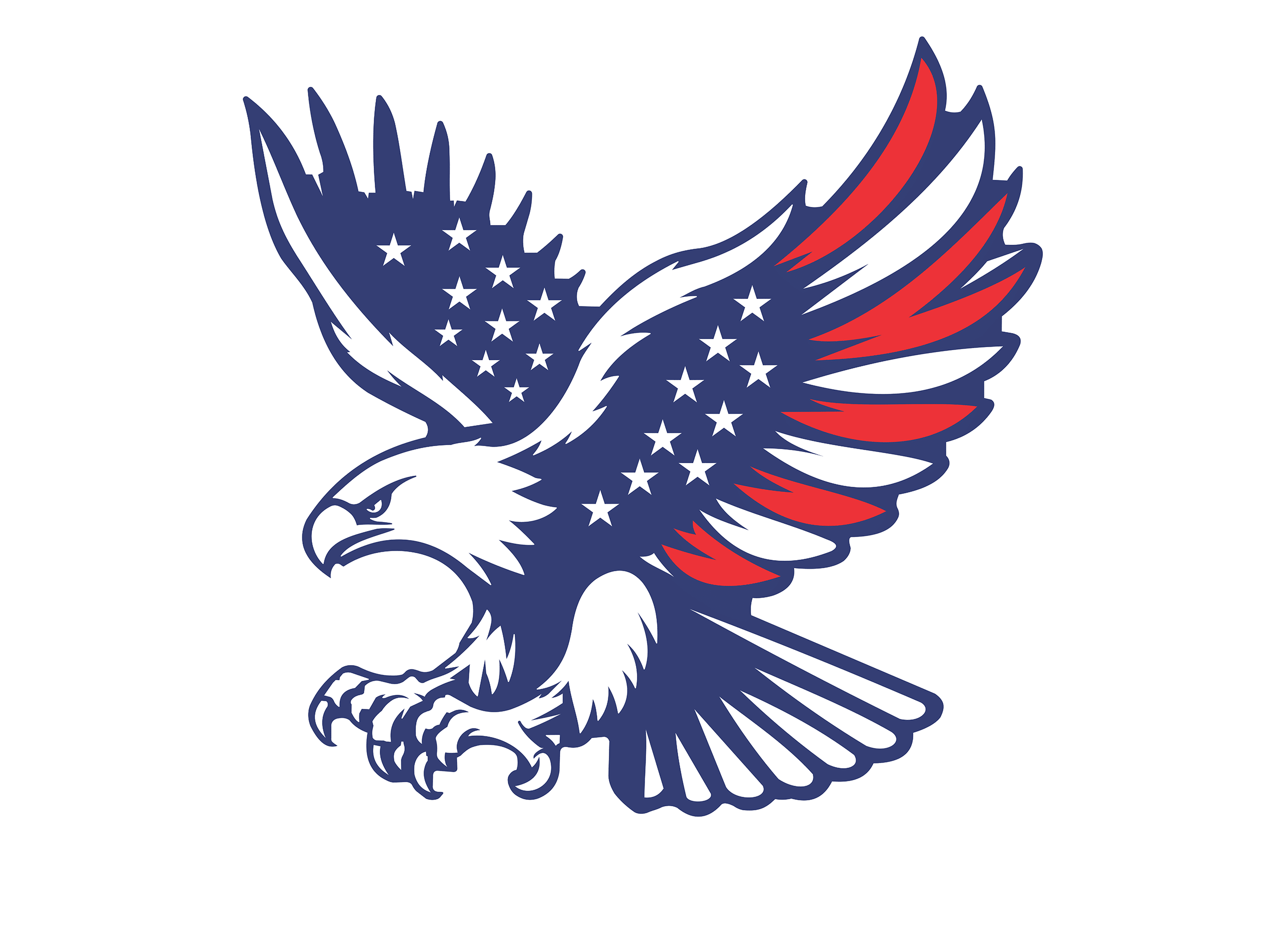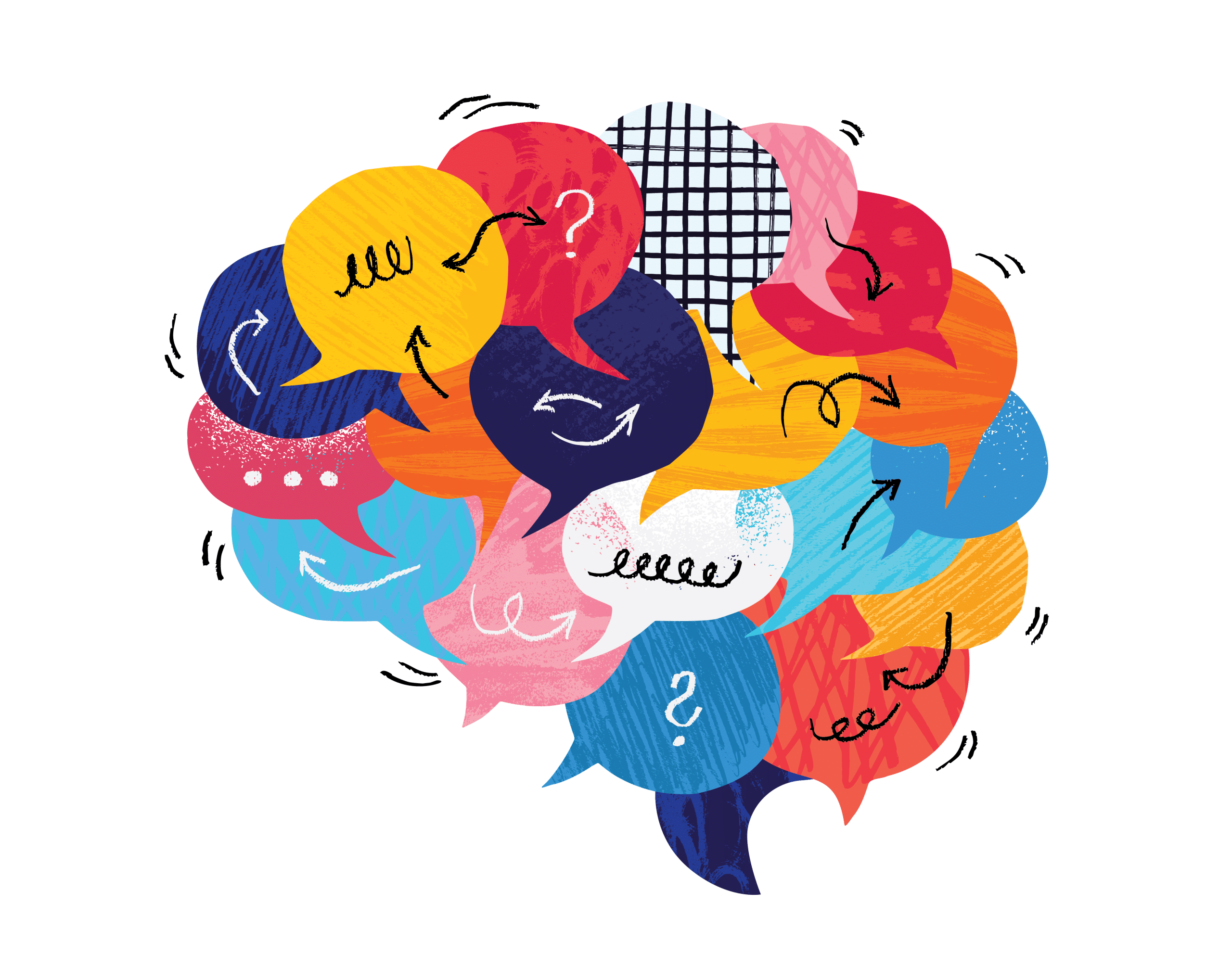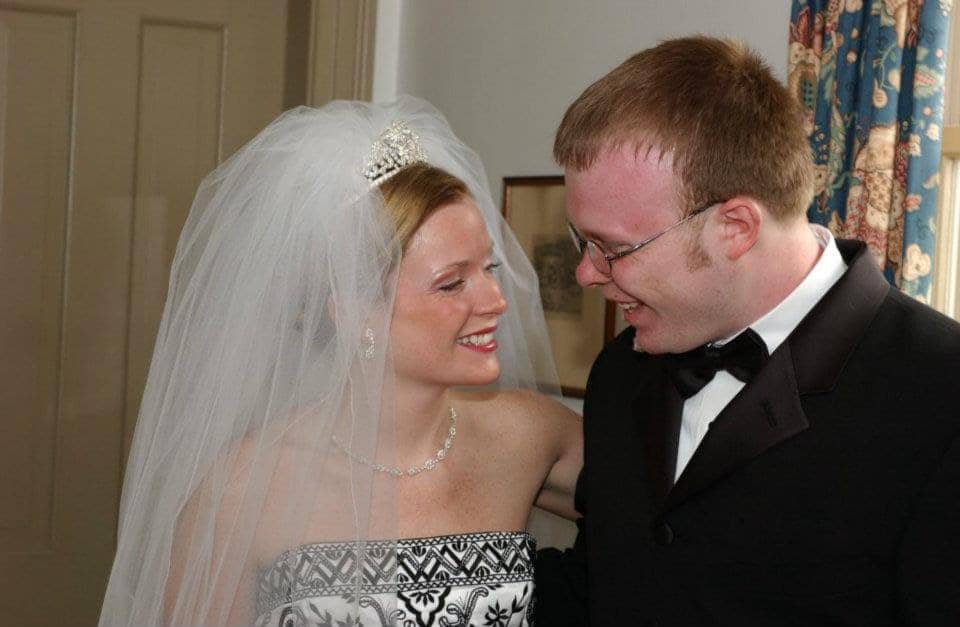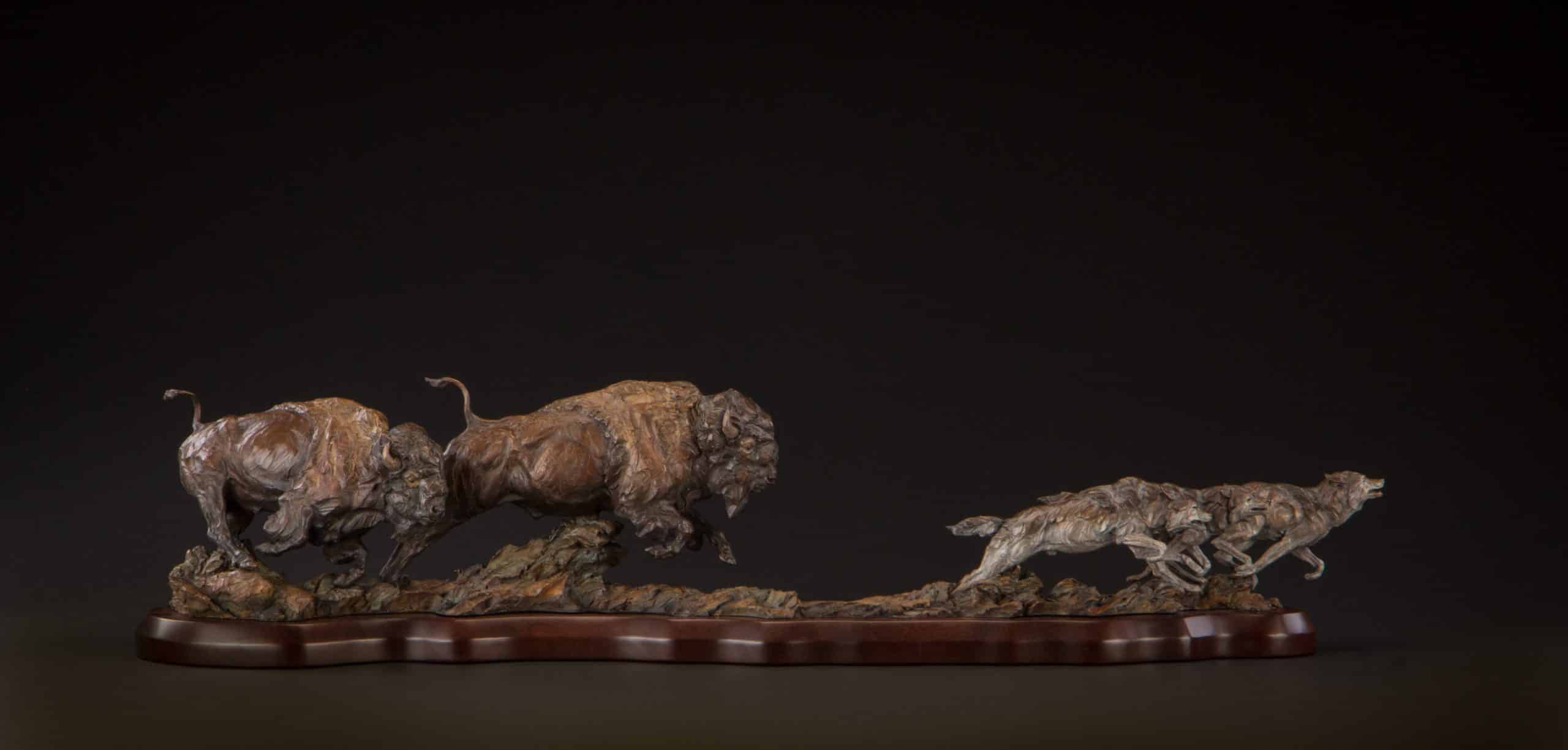A deadly virus is ravaging the country. It’s a national emergency. The quest to find an effective vaccine is critical.
Sound like today? It was actually 1952.
Before COVID, poliovirus was a perilous foe.
That year, the U.S. had 60,000 reported cases, 20,000 were left with paralysis, and 3,000 died.
Most were children under the age of 5.
Parents across the country were terrified.
Public awareness and the need for a vaccine became the focal point.
A quick rewind…
The first U.S. polio epidemic was reported in 1894.
Summer outbreaks became prevalent in American cities by 1910, but the disease didn’t hit its peak until the 1940s and 1950s.
In 1935 a promising vaccine was developed but withdrawn immediately after some children died in clinical trials.
No researcher would dare attempt releasing a polio vaccine for another 20 years.
In 1952 cases surged and the public outcry became overwhelming.
Prominent laboratories in New York and Philadelphia received millions in funding to find a cure.
You might recall the March of Dimes, a nonprofit founded by Franklin D. Roosevelt in 1938 to combat polio, of which he was afflicted.
The March of Dimes mission statement was: “We believe that every baby deserves the best possible start. Unfortunately, not all babies get one. We are changing that.”
In ’52, because of polio’s resurgence, that charity and the country were reenergized to find a vaccine.
Big Announcement
On April 12, 1955, Jonas Salk’s vaccine for polio was declared “safe, effective and potent.”
The very same day, the federal government licensed the vaccine for widespread use, assumably because the summer “polio season” was right around the corner.
David Oshinsky, Director of Medical Humanities at NYU and Pulitzer-prize winning author of Polio: An American Story, said:
“People were hugging in the streets, kids were let out of school, and Salk was invited to the White House where Eisenhower broke down in tears thanking him. The nation went into this extraordinary, almost unprecedented celebration short of anything but the end of the world war.”
The fear had all but disappeared.
A week later, the Surgeon General started receiving reports of people contracting polio from the vaccine manufactured by two companies: Cutter Pharmaceuticals and Wyeth Laboratories.
It was discovered that the poliovirus had not been properly inactivated in 100,000 doses.
The fear reappeared.
A month later, the government established a polio vaccine committee to ensure the drug’s safety, but it wasn’t enough.
Public confidence had plummeted, and vaccination rates followed suit.
What could the government do to restore faith in the vaccine?
Bring in the King.
On October 28, 1956, in front of cameras, just before his appearance on The Ed Sullivan Show, Elvis Presley took the polio shot for the whole country to see.
The public followed en masse. Cases dropped precipitously.
By the 1960s the disease dropped to 100 cases per year.
The U.S. has been polio free since 1979.
Right now, we again find ourselves at a crossroads.
Pfizer and Moderna have both announced vaccines that are over 90% effective.
Fauci says the results are “as good as it gets…outstanding.”
One thing appears certain…we will soon have a vaccine.
One thing appears uncertain…how many will take it in the early stages?
Will the government “pull a Presley”?
Will they recruit a celebrity to take the vaccine and inspire the rest of us?
Speaking of celebrities…
Did you know that Dolly Parton funded a million dollars to accelerate the development of a COVID vaccine?
While being an early adopter may be a difficult decision for many of us, perhaps these words by Dolly can help guide the way:
“The way I see it, if you want the rainbow, you’ve got to put up with the rain.”



